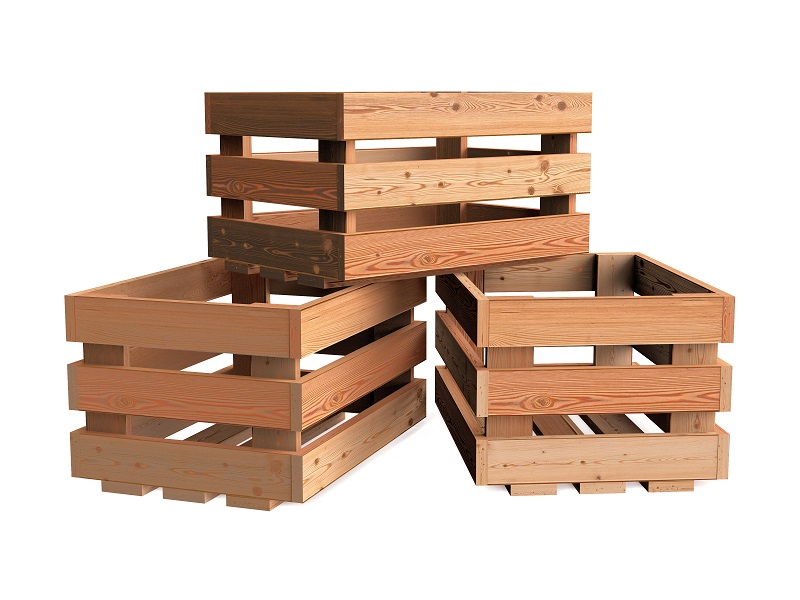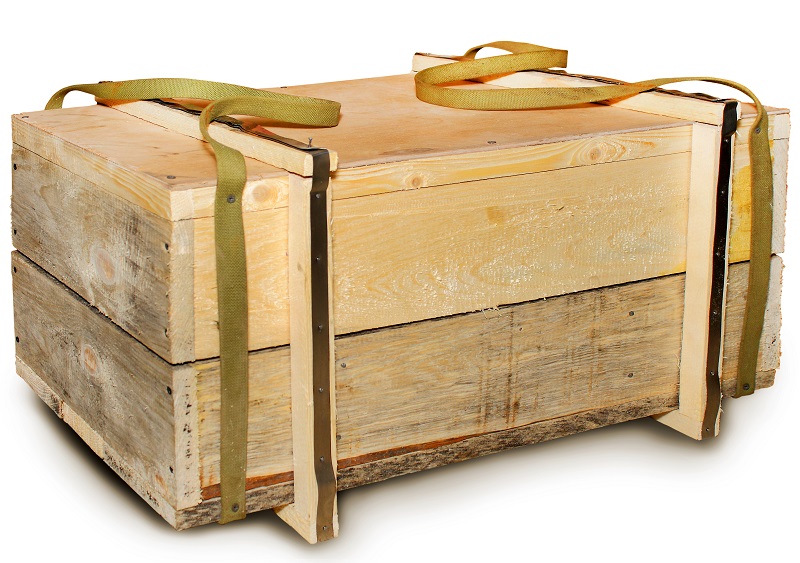Business
Packing Cases—When to Use and Effective Ways of Using Them
Safe and secure packaging is essential in order to assure integrity of contents. Packaging is also a means of selling. The more attractive and eye-catching it is the more tempted buyers will be to try out a product. Packing boxes can also be used for storage purposes. Packaging technology has advanced to a level where packaging can be effective as well as affordable and optimized to reduce volume to save on transportation costs. There are all sorts of packing cases, ranging from rigid rectangular containers to contoured boxes. Here is some info on packing cases, their types and effective ways to use.
Types of packing
- Folding boxes—usually used for inner packaging of products. They are made of duplex board and light in weight.
- Rigid boxes—usually made of thick cardboard or corrugated ply boards. These boxes are stiff and will retain shape and hold content securely even under load.
- Corrugated boxes—made of paper ply board, classified according to “plies” or number of corrugated sandwich layers and the grammage of paper used. Higher grammage paper and higher number of plies make for stronger boxes capable of taking high loads. These are used as outer packing in which a number of smaller boxes may be packed.
- Wood crates and boxes: Wood packing is versatile and capable of taking heavy loads without deforming. Wood packing may be in the form of slats of wood nailed together to form a rigid box. For shipping and in order to secure contents, shipping boxes may be made of thick plywood sheets.
- Decorative packing made of polished, carved and finished wood, commonly used for gifts.

When to use which packing
- Folding boxes, usually printed and laminated, with or without cutout windows, are used for packing the product and for display on shelf stores. In such cases the box is designed to provide a snug fit that is neither too tight nor too loose. If the end product is fragile it may be wrapped in bubble wrap or foam and allowances must be made for the thickness of such protection.
- Rigid boxes are perfect to ensure the product packed inside retains its shape. One can use rigid boxes to pack consumer products as well as for perishable products like flowers, vegetables and fruits. Rigid boxes may also be used for storage purposes. One can store documents, odds and ends and even tools in such rigid boxes.
- Corrugated boxes, due to their versatility, can be used to pack even expensive and fragile products for long distance transport. Larger, heavier ply corrugated boxes may be used to pack heavy equipments, for transport of household goods when you relocate and for packing smaller product boxes for bulk transport. There are known methods to verify load taking capacity of various ply boards and bursting strength. In any case, it is advisable to use smaller boxes rather than a single large box to pack products, unless the size warrants it. Larger corrugated boxes can be used to pack in smaller sized corrugated boxes for added protection of contents and the boxes can then be palletized for long distance shipment or transport.
Precautions
- Packing must be cost effective but it must not compromise safety of contents. Whether it is the inner folding box or the outer corrugated box one must exercise caution while picking the packing box, select its thickness and strength and pack appropriately.
- If you use packing to transport household goods, wrap each item in a piece of newspaper and use bubble wrap, polystyrene foam pellets, rigid foam sheets or just balled up newspaper to provide cushioning to prevent breakage and damage to items. Just ensure the inner box is held snugly inside the protective cushioning.
- If packaging is used to transport produce, then the box must have internal trays that can be stacked one on top of another and produce must be placed in a snug fit in each tray so that they do not bang against one another and cause bruising.
Picking the right packing and using it the right way will ensure safety of the product and also help you save costs of packaging.
-

 Tech11 years ago
Tech11 years agoCreating An e-Commerce Website
-

 Tech11 years ago
Tech11 years agoDesign Template Guidelines For Mobile Apps
-

 Business6 years ago
Business6 years agoWhat Is AdsSupply? A Comprehensive Review
-

 Business10 years ago
Business10 years agoThe Key Types Of Brochure Printing Services
-

 Tech8 years ago
Tech8 years agoWhen To Send Your Bulk Messages?
-

 Tech5 years ago
Tech5 years ago5 Link Building Strategies You Can Apply For Local SEO
-

 Law5 years ago
Law5 years agoHow Can A Divorce Lawyer Help You Get Through Divorce?
-

 Home Improvement6 years ago
Home Improvement6 years agoHоw tо Kеер Antѕ Out оf Yоur Kitсhеn
































